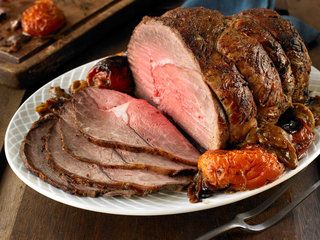 Welcome to the Stars Hollow Gazette‘s Health and Fitness News weekly diary. It will publish on Saturday afternoon and be open for discussion about health related issues including diet, exercise, health and health care issues, as well as, tips on what you can do when there is a medical emergency. Also an opportunity to share and exchange your favorite healthy recipes.
Welcome to the Stars Hollow Gazette‘s Health and Fitness News weekly diary. It will publish on Saturday afternoon and be open for discussion about health related issues including diet, exercise, health and health care issues, as well as, tips on what you can do when there is a medical emergency. Also an opportunity to share and exchange your favorite healthy recipes.
Questions are encouraged and I will answer to the best of my ability. If I can’t, I will try to steer you in the right direction. Naturally, I cannot give individual medical advice for personal health issues. I can give you information about medical conditions and the current treatments available.
You can noaw find past Health and Fitness News diaries here.
Follow us on Twitter @StarsHollowGzt

Michael Kraus for The New York Times
These roasts take a little more time than you might have on a typical weeknight, but they are just the thing to cook on a holiday or for Sunday dinner. The leftovers are delicious any day.
This fabulous roast of beef with melted tomatoes and onions serves as an excellent example of her appeal – and the leftovers make incredible sandwiches the next day.
This rich, crackling-coated pork roast has all the intense garlic, lemon and herb flavors of a classic Italian porchetta, but is much simpler to make (case in point: you don’t need to de-bone a whole pig).
Whole Roasted New York Strip Loin
A whole strip loin, also know variously as New York strip or Kansas City strip — usually cut into steaks — also makes a great centerpiece. Served with roasted potatoes and parsnips and horseradish sauce, it is the quintessential Anglophone meal.
This recipe uses a chuck roast and tomato paste, both easier to find and still delicious.
Know These Five Life-Saving Emergency Tips
Would you know what to do in an emergency? A parent has suddenly collapsed; you’re at the scene of a bad accident. Of course, call 911 — but what can you do while waiting for help to arrive? In medicine, we label the early moments after an emergency the “Golden Hour” — because what you do right then may determine the outcome.
How to sleep soundly after the clocks spring forward this weekend
Daylight Saving Time is happening across the U.S. and Canada this weekend, and although many welcome the lighter mornings, the initial hour change can disrupt sleep as we settle into a new pattern. The result can be feelings of fatigue, mood problems and slower reaction times according to Vanderbilt Sleep Disorders Center, with previous studies showing an increase in traffic accidents, workplace injuries, and even heart attacks in the days following the shift to daylight saving time.
So to help you get some good-quality slumber, experts give their tips on how to maximize sleep quality to wake up with a spring in your step on these new lighter mornings.
Reading from a tablet before bed may affect sleep quality
People who read from an iPad for 30 minutes before going to sleep felt less sleepy and had different electrical activity in the brain during sleep than those who read from a physical book, a recent study found.
But the time it took to fall asleep and time spent sleeping were similar under both conditions.
Is It Really A.D.H.D. or Just Immaturity?
New research shows that the youngest students in a classroom are more likely to be given a diagnosis of attention deficit hyperactivity disorder than the oldest. The findings raise questions about how we regard those wiggly children who just can’t seem to sit still – and who also happen to be the youngest in their class.
Italian research links Splenda with Leukemia Risk while manufacturer denies any link
According to findings published in January edition of the International Journal of Occupational and Environmental Health, an artificial sweetener, Splenda, could be linked with increased risk of leukemia. The study was led by Italian researchers.
The researchers found after taking high amount of sucralose, another name for Splenda, for lifetime, there were increased cases of malignant tumors and hematopoietic neoplasias in males. They said sucralose is approximately 600 times sweeter than sucrose and used in over 4,500 products. The artificial sweetener is made by chemically reacting sugar (sucrose) with chlorine, according to the Center for Science in the Public Interest (CSPI).
